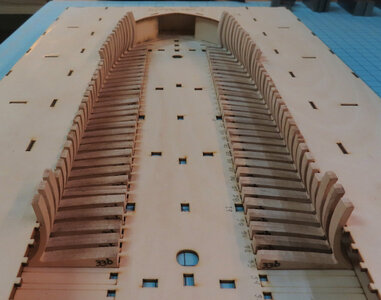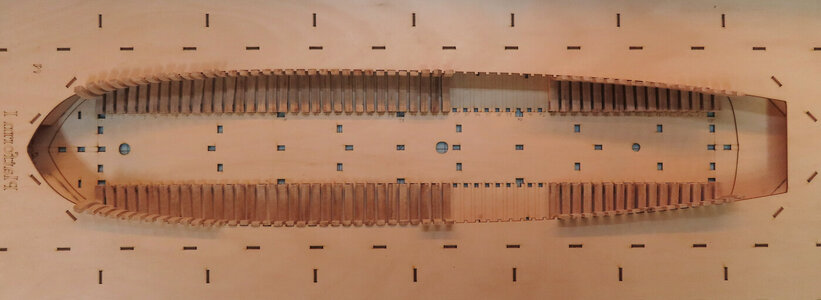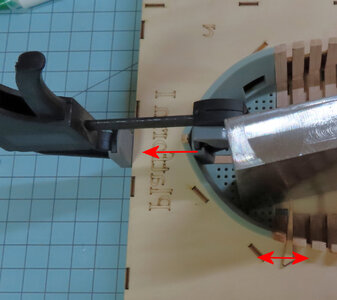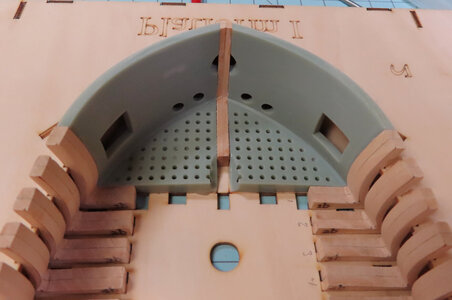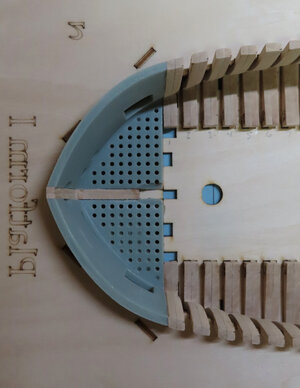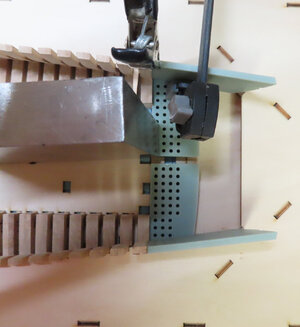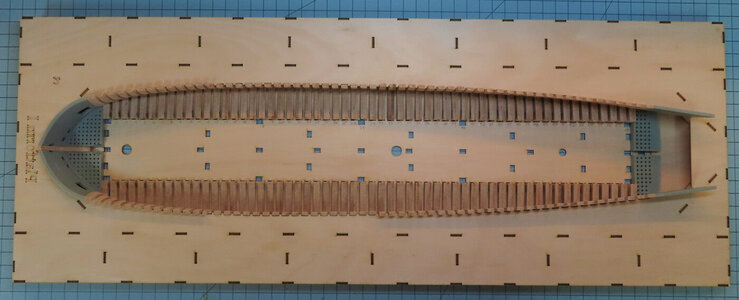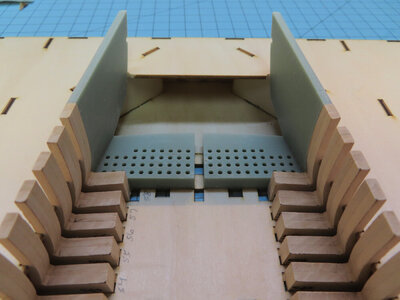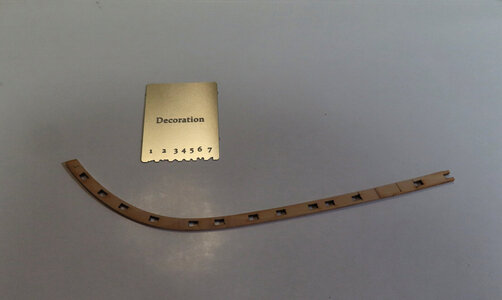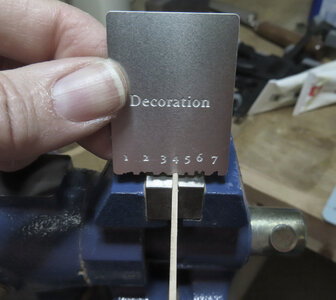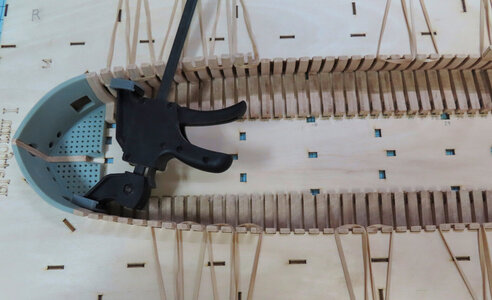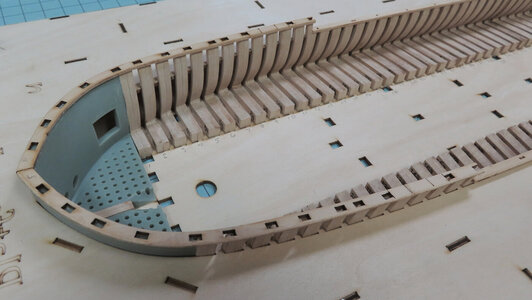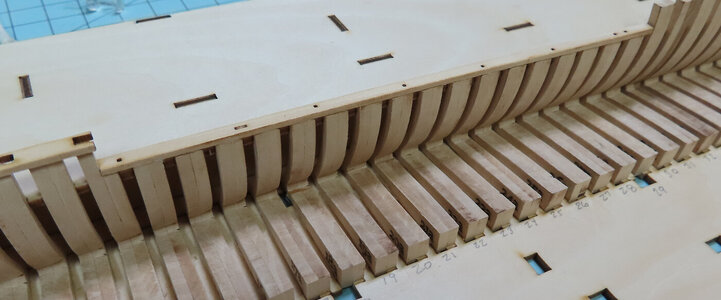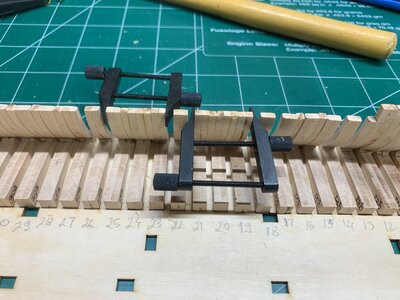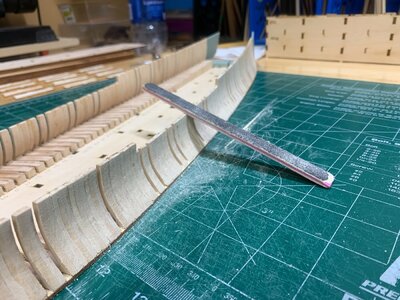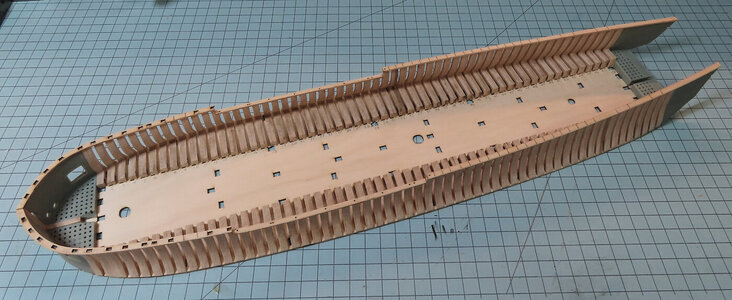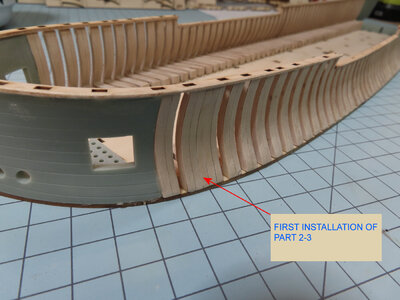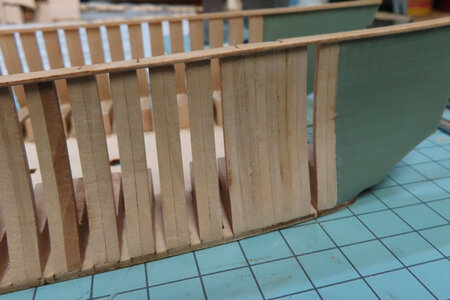This is the latest. I have some information that Zoltan shared with me. All of the Frames have a protrusion that fits into a square opening FOR EACH FRAME. Of which are used mainly for alignment purposes. When the Frame sits down on the jig with the Peg correctly, the BACKSIDE ARCH of the Frame should make contact
with the upper part of the Jig (teeth). If that DOES NOT happen, the best remedy is to slightly FILE the square opening. But file only the LENGTH of the square and not the WIDTH of the square. This little extra notching out the open peg will allow the Frame to slide back correctly so that the backside of the arch of the frame will sit into the teeth of the jig. So, far, there have only been about 10 frames that the opening had to be increased. If the opening is not increased then the frame will NOT go back far enough into the teeth of the jig. I hope that I explained this well enough. ONLY FILE ABOUT .5 to 1mm is all is needed. Do not over-file them.

And this is the latest full view.
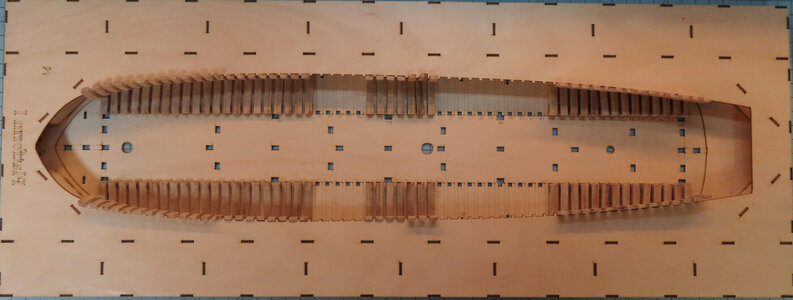
with the upper part of the Jig (teeth). If that DOES NOT happen, the best remedy is to slightly FILE the square opening. But file only the LENGTH of the square and not the WIDTH of the square. This little extra notching out the open peg will allow the Frame to slide back correctly so that the backside of the arch of the frame will sit into the teeth of the jig. So, far, there have only been about 10 frames that the opening had to be increased. If the opening is not increased then the frame will NOT go back far enough into the teeth of the jig. I hope that I explained this well enough. ONLY FILE ABOUT .5 to 1mm is all is needed. Do not over-file them.

And this is the latest full view.





